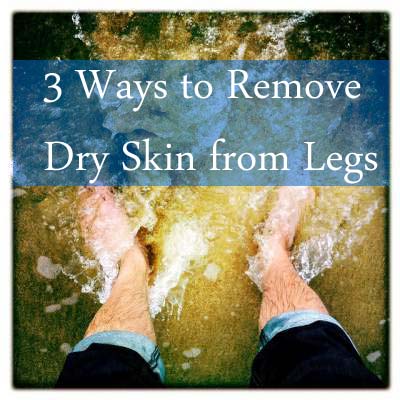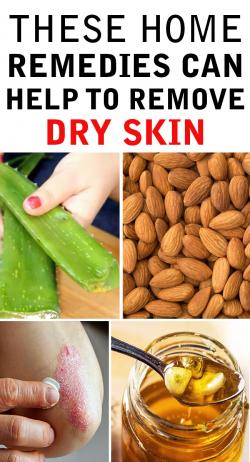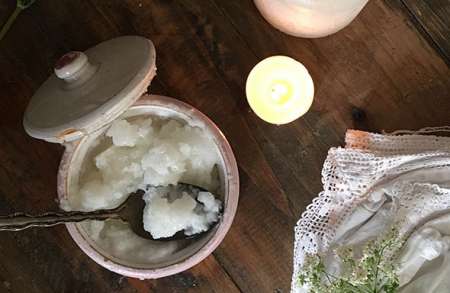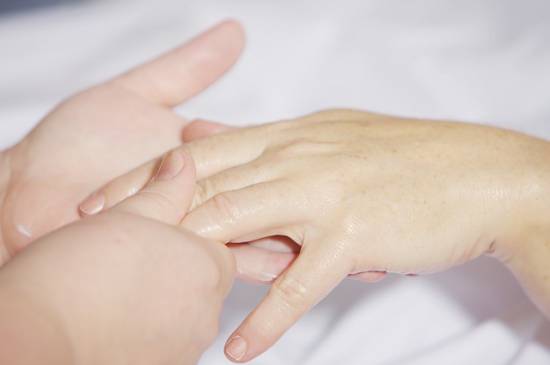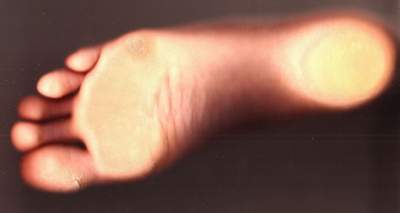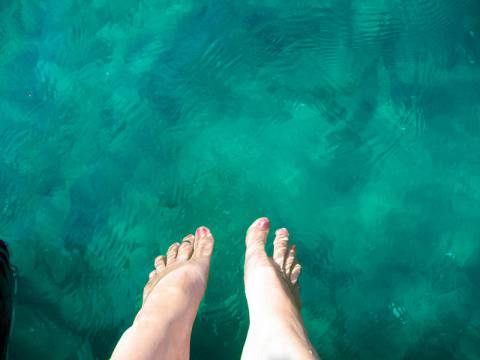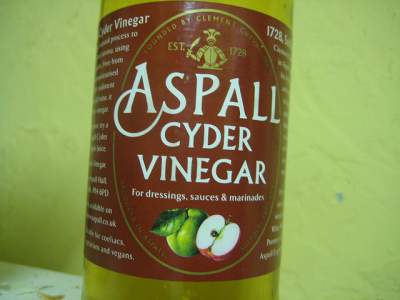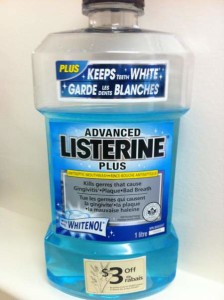
It is embarrassing to have dry flaky skin on legs. Though low humidity in air is the main cause of dry skin, there are other factors that may contribute to ruin your appearance, including your life style, age and medical conditions.
Normally dry skin patches are accompanied by vigorous itching and inflammation. I’ll not ask you to resist yourself from scratching, but instead I recommend moisturizing those itchy patches. This will not only hydrate the skin, but relieves you from itching.
Ever wonder how to remove dry skin from legs?
Well, it’s not an impossible mission, only if you oath to continue it regularly.
If you’re among my returning users, you’ll know that I highly recommend natural remedies. Not because I love them, but as they are extremely dedicated towards their work of restraining ailments.
Few cosmetic industries entice people like me, by claiming natural ingredients in their products. But, sadly they all are refined and have less nutritional values. So, why not take the one with more nutritional powers that is available at home.
Without any ado let’s now dive into the main topic.
3 Ways to Remove Dry Skin From Legs
Like The Great Wall, your skin is protected and hydrated by natural oil. Factors like weather, diet, beauty products and soaps influence its functioning. They even strip this protective oil and make your skin look dry and flaky.
Another cause of dry skin patches that I missed to mention above is dead cells. Your skin sheds millions of dead cells that get accumulated over the skin. When you don’t wipe it off, they ally with bacteria to trigger ailments. As revealed, cosmetic creams does more harm than good. Chemical ingredients incorporated in them may not go well with your skin and irritate it.
Method – 1: Exfoliate Dry Skin
First thing, remove those flaky dead cells. Hydrate the skin by washing it with water and start apply natural scrub to exfoliate. I highly recommend gram flour for exfoliation. Assorted properties in them remove impurities and tighten your skin pores.
Alternatively, use sugar and olive oil scrub. Mix 2 tbsp of olive oil with 1/2 cup of sugar. Optionally, add 2-3 drops of lavender oil. Rinse your legs with water and then apply this natural homemade body scrub over it. Massage gently and wash with water after 15-20 minutes.
You can save this body scrub for 2-3 weeks. Go on with simple process 2-3 times per week depending on dry skin.
Note: Don’t use hot water, you can use lukewarm water.
Overnight Remedy
For those impatient people here is a quick remedy.
Soak your dry legs in a tub filled with lukewarm water till the dry skin gets hydrated completely. Pat dry and apply a thick layer of essential oil over the legs. Wear your old pajamas and go to bed.
In the morning you’ll feel the difference.
Method – 2: Moisturize Your Skin
If you haven’t skipped the above step, most of dead cells and impurities over your legs are wiped away. Now you must hydrate your skin when it is still damp.
Don’t check your cosmetic aisle, as they may irritate your sensitive skin. Pamper your skin with natural ingredients.
Natural oils like coconut oil, olive oil, jojoba oil and almond oil can bring the lost moisture back to your skin. Apply any one of the oil when your skin is damp.
Apart from hydrating from outside, you must hydrate form inside. Change your lifestyle and drink enough water. Stay away from irritants like smoking, alcohol and harsh soaps. Start your day with a glass of water, you’ll feel better.
Bring change in your lifestyle and it reverts with lots of changes in your appearance.
Method – 3: Protect Your Skin
Whatever the remedies you take, at last pollutants and impurities surrounding you will turn problematic to your skin. I know you love to show hour attractive legs, but you must cover them to protect from harmful substances.
Beauty catches attention, while good character catches heart.
Harsh UV rays steal moisture and leaves dark spots on your skin. Wear sunscreen in summer and while going out. Try dry skin brushing to remove dry skin from legs.
If you’ve dry skin legs with bleeding and inflammation for a long period, then I recommend consulting dermatologist for diagnosis. As chronic skin ailments like eczema and psoriasis have similar signs.
Do you follow similar steps to remove dry skin from legs?
